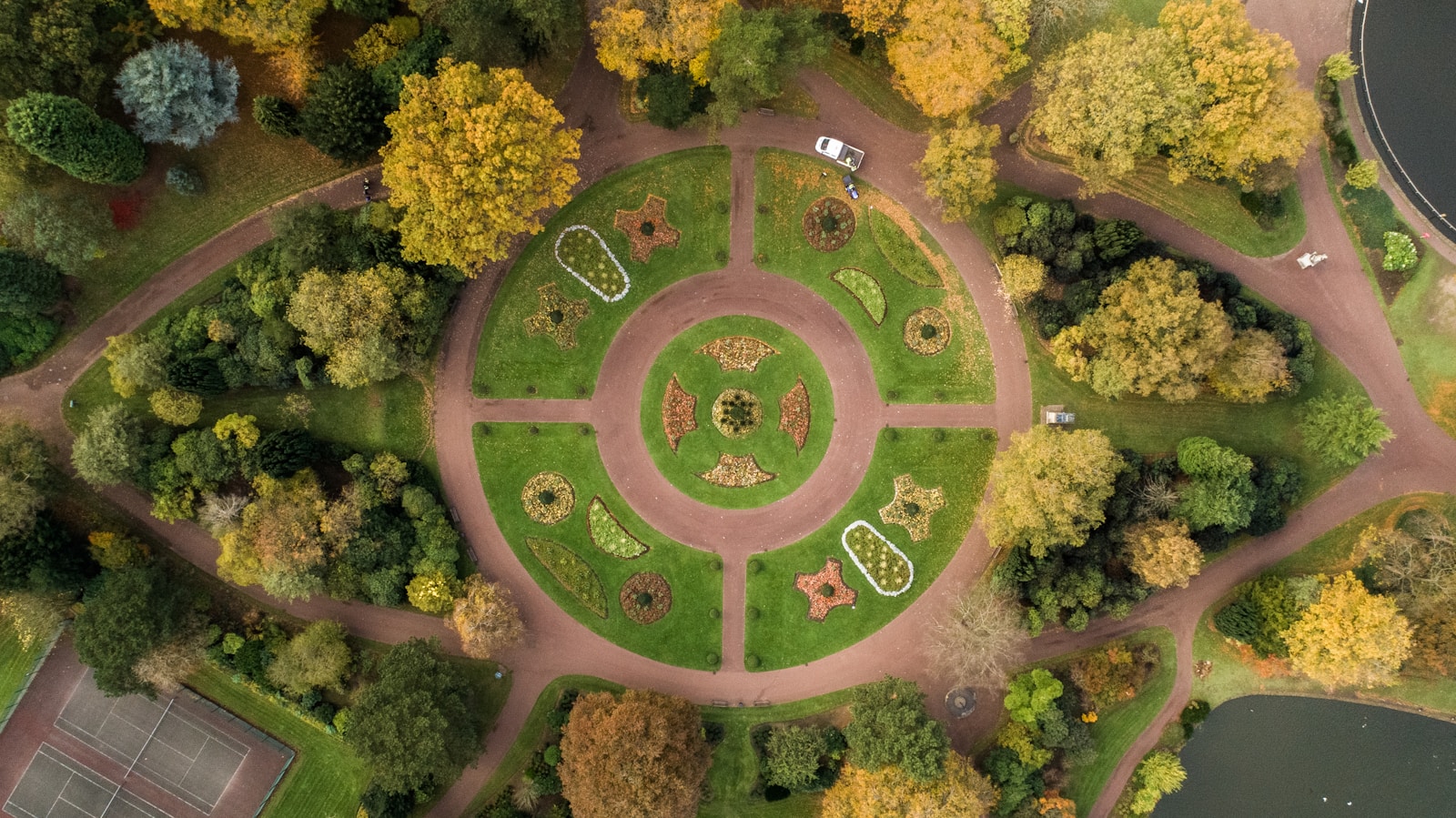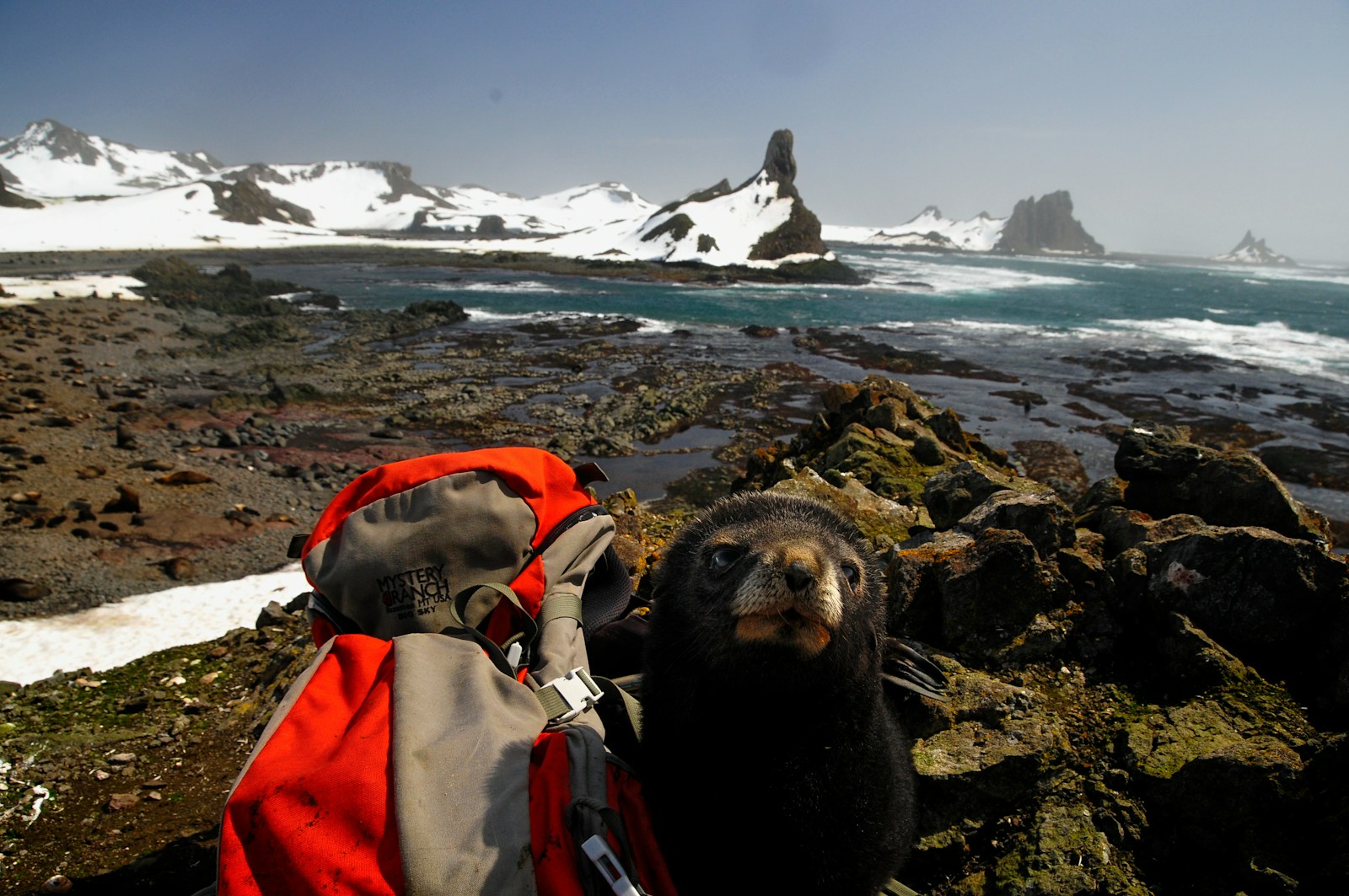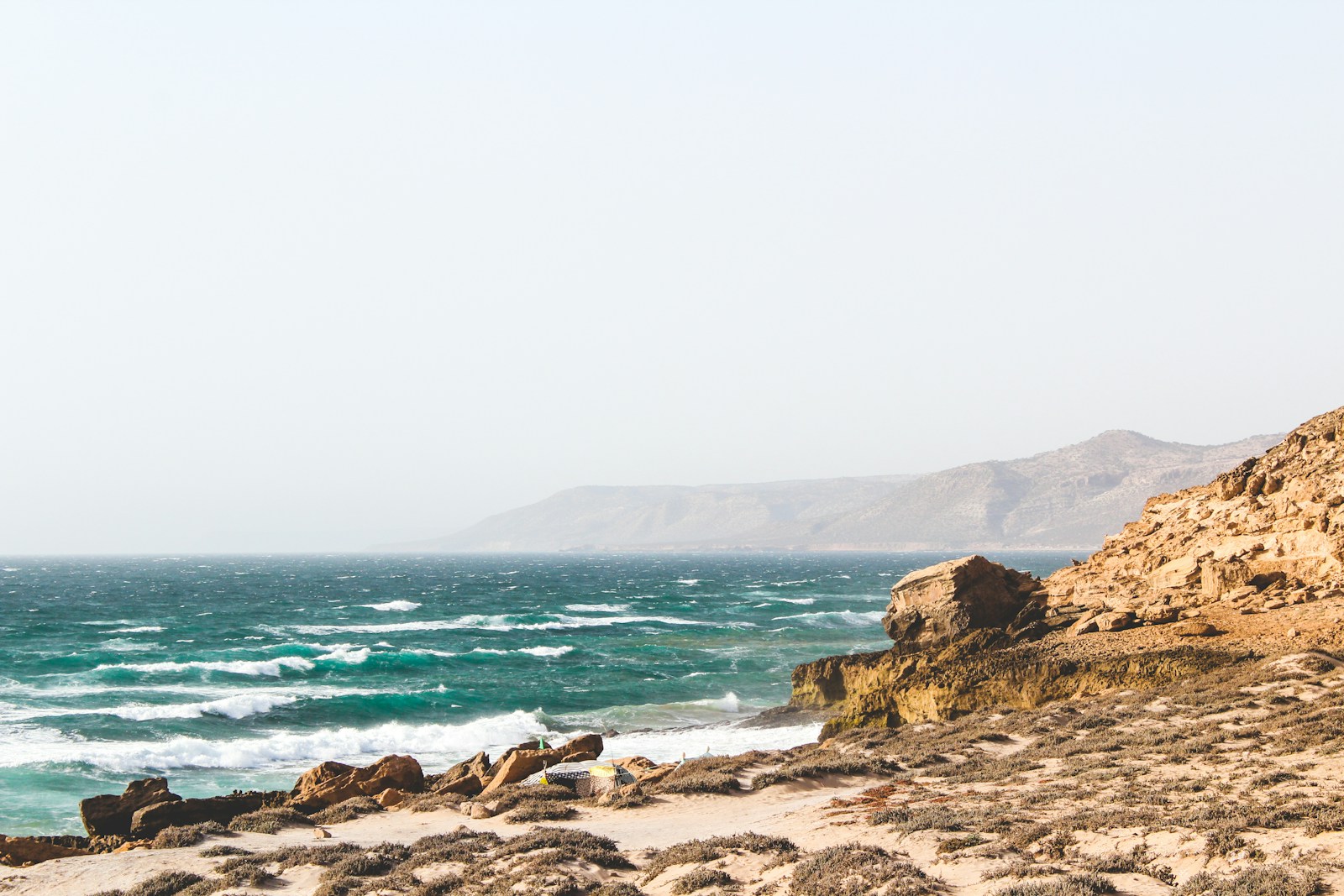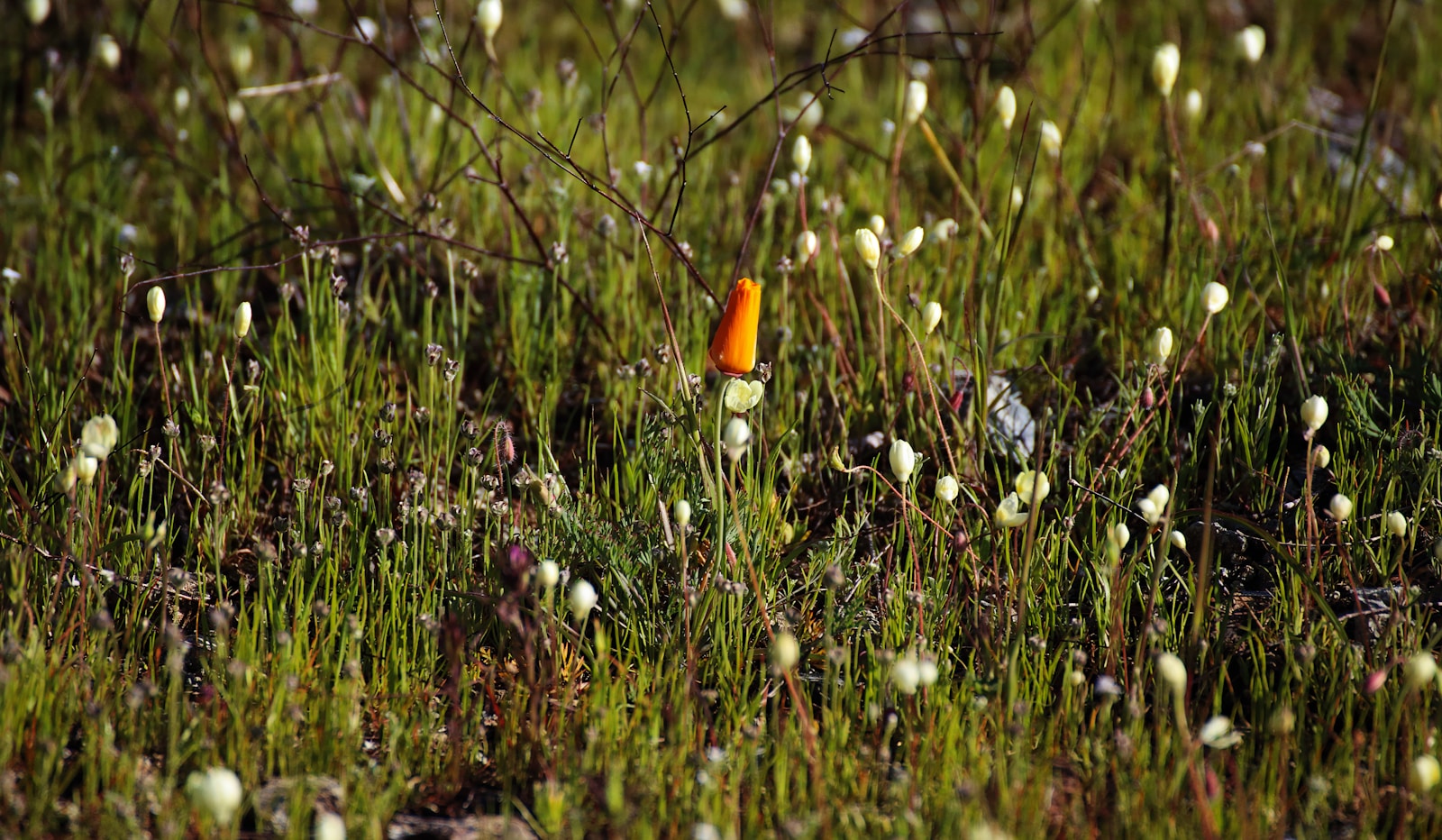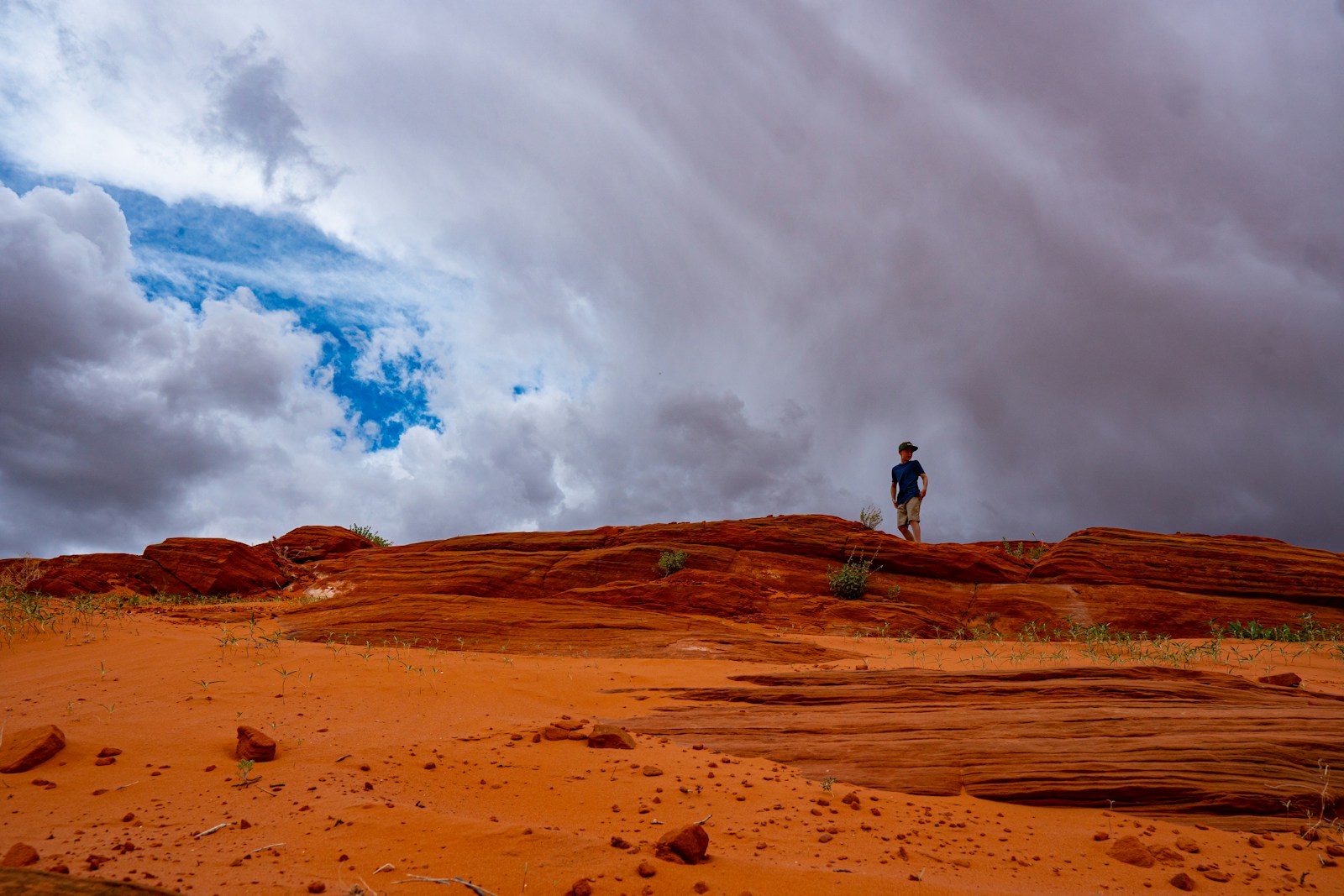Imagine a world where “waste” becomes a relic of the past. A world where products are designed to last, resources are cherished, and our economic model prioritizes long-term sustainability. This vision is the heart of the circular economy.
For decades, our economic systems have thrived on a linear model: take, make, dispose. We extract raw materials, manufacture products, and then discard them once they’ve served their purpose. This linear approach has fueled economic growth, but at a significant cost to the environment. Depleting resources, overflowing landfills, and rampant pollution paint a grim picture of the unsustainable path we’re on.
Table of Contents
ToggleThe Circular Economy: A Closed-Loop System for a Sustainable Future
The circular economy proposes a paradigm shift. Think of it as a closed-loop system where resources are kept in use for as long as possible. Instead of a one-way street leading to landfills, the circular economy envisions a circular flow:
- Design for Durability and Reusability: Products are designed with longevity and multiple lifespans in mind. Think repairable components, modular designs, and materials that can be easily recycled.
- Extend Product Lifespan: Strategies like product maintenance, repair services, and product-as-a-service models encourage keeping products in use for longer.
- Recycle and Repurpose: When products reach the end of their original use, their materials are recycled or repurposed into new products, minimizing waste generation.
Businesses Embracing the Circular Revolution: From Patagonia to IKEA
The circular economy isn’t just a utopian dream. Forward-thinking businesses are already embracing its principles and reaping the rewards.
Patagonia, the renowned outdoor apparel brand, champions product repair and offers a robust repair program to extend the life of their garments. They even incentivize customers to send in worn-out items for recycling through their Worn Wear program. This not only reduces waste but fosters customer loyalty.
IKEA, the furniture giant, is exploring ways to make furniture more easily repairable and upgradeable. Their buy-back and resale programs give pre-loved furniture a second life, diverting tons of materials from landfills. These initiatives demonstrate that the circular economy can be good for both the environment and the bottom line.
Circular Economy: Unveiling the Benefits for a Sustainable Future
Transitioning to a circular economy promises a plethora of benefits:
- Reduced Environmental Impact: By minimizing reliance on virgin materials and maximizing resource use, the circular economy helps conserve natural resources, reduces pollution, and mitigates climate change.
- Enhanced Resource Security: A circular economy fosters a more stable supply chain by minimizing dependence on finite resources.
- Economic Growth and Job Creation: The shift towards repair, reuse, and remanufacturing opens doors for new industries and green jobs.
- Innovation and Technological Advancements: The circular economy incentivizes innovation in product design, recycling technologies, and sustainable material development.
The Road to Circularity: Challenges and Opportunities
The path towards a circular economy isn’t without obstacles.
- Shifting Consumer Mindsets: Moving away from a culture of disposability and planned obsolescence requires a conscious effort from consumers to embrace repair, reuse, and responsible consumption.
- Standardization and Infrastructure: A well-functioning circular economy necessitates efficient recycling infrastructure and standardized processes for material recovery across industries.
- Policy and Collaboration: Government policies that incentivize circular practices and foster collaboration between businesses and consumers are crucial for widespread adoption.
Despite these challenges, the potential benefits of a circular economy are undeniable. By fostering innovation, embracing new business models, and encouraging responsible consumption, we can collectively move towards a more sustainable relationship with our resources.
Conclusion: Embracing Circularity for a Future We Can All Inhabit
The circular economy isn’t just an economic model – it’s a call to action. It’s a call to redesign our relationship with resources, to prioritize longevity over convenience, and to build a future where waste becomes a relic of the past. The journey towards a circular economy requires collective action, but the rewards – a healthier planet, a more secure future, and a thriving economy – are worth the effort.
Let’s delve deeper! Here are some frequently asked questions about the circular economy:
FAQs on the Circular Economy
1. Isn’t recycling already part of the solution? How is the circular economy different?
Recycling is definitely a crucial aspect of the circular economy, but it’s just one piece of the puzzle. The circular economy goes beyond recycling by focusing on designing products for multiple lifespans, maximizing their use before resorting to recycling.

